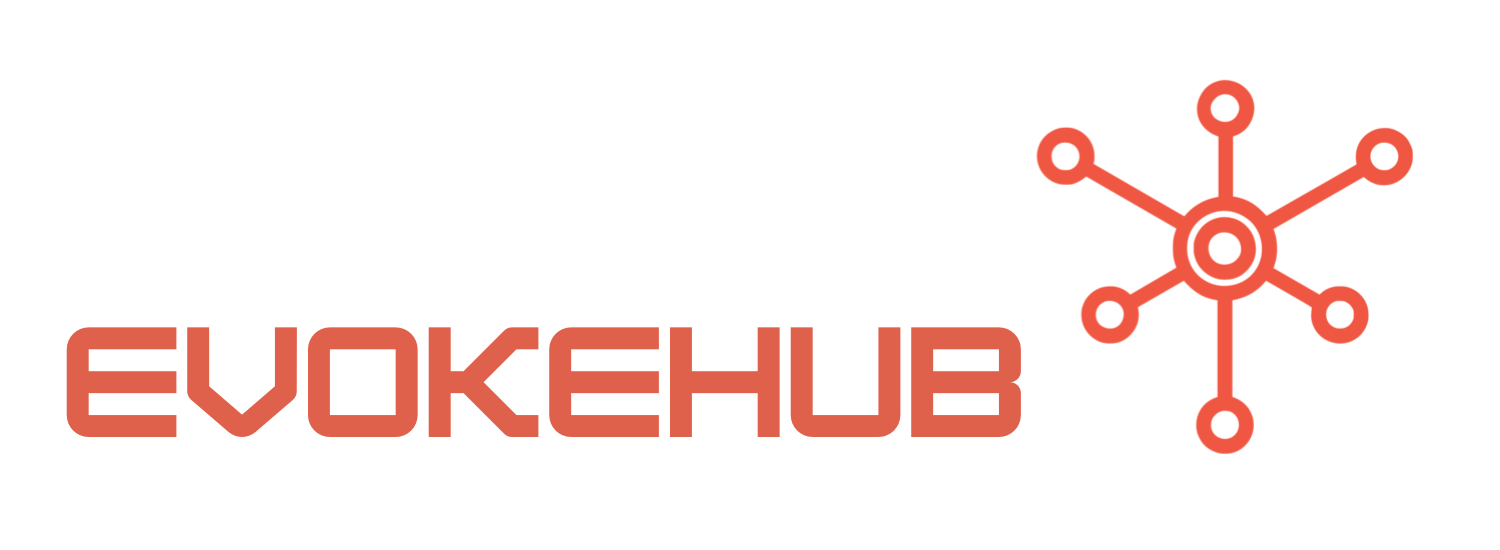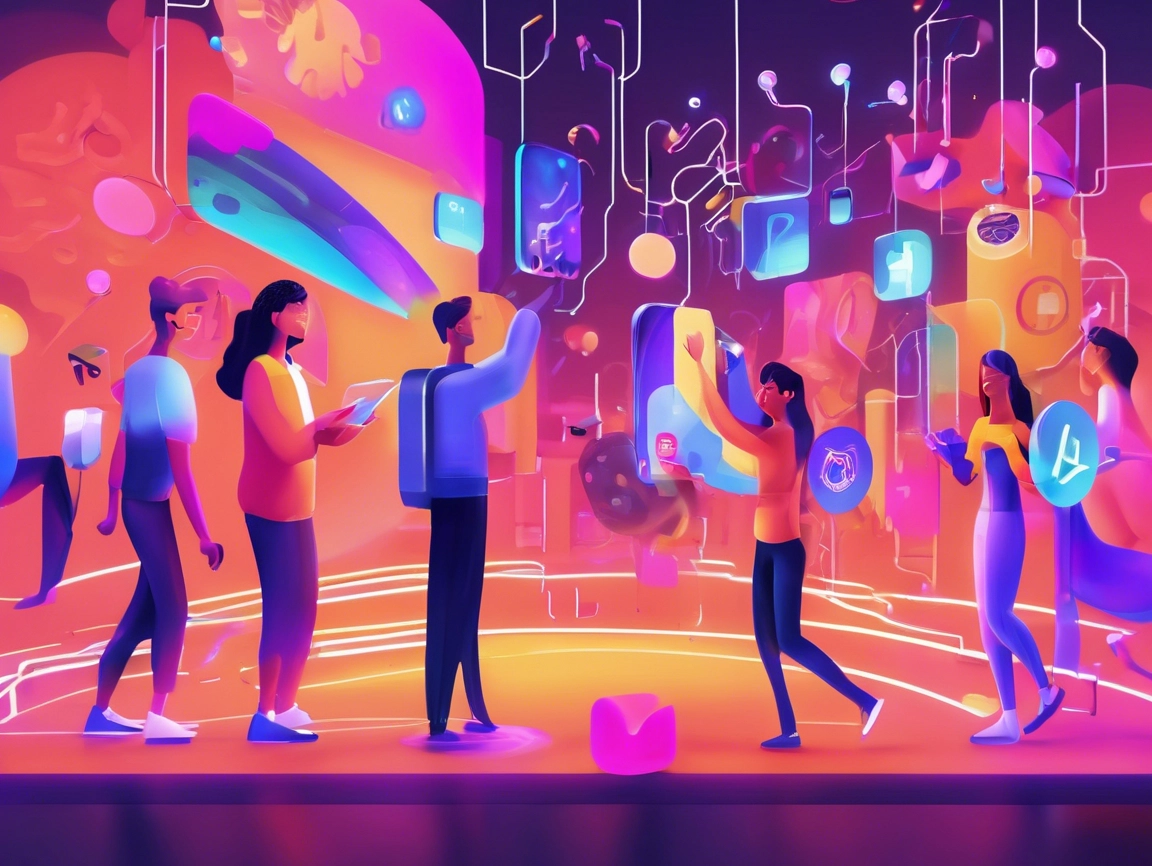Unleashing Joy: Designing AI Apps with a Smile!
Creating an AI-powered app is not just about implementing complex algorithms; it’s about crafting an experience that resonates with users on an emotional level. The key to designing joyful apps lies in understanding the user’s needs and preferences. By employing user feedback and employing techniques such as personas and user journeys, developers can create applications that feel personalized and engaging. For instance, apps that utilize natural language processing can develop chat interfaces that respond in a friendly manner, making users feel like they’re interacting with a real person rather than a machine!
Beyond functionality, visual aesthetics play a crucial role in user engagement. Employing a colorful and cheerful design can enhance user experience significantly. Integrating joyful animations or sound effects can make interactions more delightful, encouraging users to return to the app. Furthermore, incorporating gamification elements—like rewards for completing tasks—can transform mundane activities into exciting challenges that users look forward to. By fostering a playful environment, developers can evoke positive emotions associated with using their applications.
Moreover, leveraging AI tools like TensorFlow and Dialogflow can streamline the development of engaging features. Whether it’s predicting user behavior or providing personalized recommendations, AI can take user satisfaction to the next level. By focusing on creating smiles through thoughtful design, developers can craft applications that not only meet user expectations but exceed them in delightful ways.
Microservices Magic: Elevate Your App Development Journey!
As developers aspire to create joyful AI applications, adopting a microservices architecture can be a game changer. Microservices allow developers to break down complex applications into smaller, manageable components, each focusing on a specific functionality. This modular approach fosters agility in development, allowing teams to innovate faster, iterate on features, and deploy updates seamlessly. Imagine a scenario where a bug in the recommendation engine doesn’t take down the entire application; with microservices, developers can address issues without affecting other components, ensuring a smoother user experience.
Furthermore, microservices enable teams to harness the power of diverse technologies. Each service can be built with the best-suited technology stack—be it Python for machine learning or Node.js for rapid development. This flexibility allows developers to select the right tools for the job, optimizing performance and enhancing user satisfaction. The ability to scale services independently also means that developers can respond to varying user loads effectively, ensuring that applications remain responsive during peak times and deliver delightful experiences continuously.
Integrating microservices also aligns beautifully with AI applications. By breaking down AI functionalities into services—like data processing, machine learning model inference, and user interaction—developers can create a robust ecosystem that thrives on collaboration. Services can communicate effortlessly via APIs, streamlining development processes while ensuring that the focus remains on crafting a joyful user experience. Embracing microservices not only enhances the development journey but also lays the foundation for creating apps that users will love and cherish.
The fusion of AI and cheerful design in app development is a powerful combination that can lead to incredible user experiences. By focusing on crafting applications that bring smiles, software developers can create a lasting impact on their users. Moreover, the adoption of microservices empowers teams to build, scale, and innovate with agility, ensuring that those delightful experiences are always at the forefront. As we continue to explore the intersections of technology and joy, let’s embrace the challenge of designing apps that not only solve problems but also spark happiness! Happy coding!




